Carelash Ophthalmic Solution

MRP ₹450
(Inclusive of all Taxes)
₹67.5 Cashback (15%)
Carelash Ophthalmic Solution is used to treat raised/increased pressure in the eye in patients suffering from open-angle glaucoma or ocular hypertension. It contains Bimatoprost, which works by increasing the production of aqueous humour (fluid in the eye) and reducing eye pressure. In some cases, it may cause certain side effects, such as eye itching and conjunctival hyperemia (inflammation in the eye). Before using this medicine, you should tell your doctor if you are allergic to any of its components or if you are pregnant/breastfeeding, and about all the medications you are taking and pre-existing medical conditions.
Know Your Delivery Time
Provide Delivery Location

Secure Payment

India's Most Trusted Pharmacy

Genuine Products
Composition :
Consume Type :
Return Policy :
Expires on or after :
About Carelash Ophthalmic Solution
Carelash Ophthalmic Solution is used to treat raised /increased pressure in the eye in patients suffering from open-angle glaucoma or ocular hypertension. Glaucoma is an eye disease in which the optic nerve is damaged. This damaged nerve leads to an abnormal increase in eye pressure.
Carelash Ophthalmic Solution contains Bimatoprost, which works by increasing the production of aqueous humour (fluid in the eye) and reducing eye pressure.
Carelash Ophthalmic Solution may cause certain side effects, such as eye itching and conjunctival hyperemia (inflammation in the eye) in some cases. Most of these side effects of Carelash Ophthalmic Solution are temporary, do not require medical attention, and gradually resolve over time. However, if the side effects persist, contact your doctor.
Do not use Carelash Ophthalmic Solution if you are allergic to any of its components. Check with your doctor before starting Carelash Ophthalmic Solution if you have dry eyes and cornea problems. Also, Carelash Ophthalmic Solution should not be stopped suddenly as it may lead to severe side effects. Do not take any other eye medication with Carelash Ophthalmic Solution without consulting your doctor.
Uses of Carelash Ophthalmic Solution
Carelash Ophthalmic Solution is used in the treatment of Glaucoma. The detailed use of Carelash Ophthalmic Solution is as follows:
- Treatment of Glaucoma/Ocular Hypertension: Carelash Ophthalmic Solution is used to reduce pressure inside the eye by increasing the amount of fluid that drains from the eye, helping to prevent vision loss and damage to the optic nerve.

Have a query?
Directions for Use
- Follow your doctor’s recommendation regarding the dosage and duration.
- Lie down and tilt your head backwards. Pull your lower eyelid gently with your index finger to form a pocket. Instil the number of drops as advised by the doctor into the pocket of the lower eyelid. Close your eyes for 1-2 minutes.
- Replace the outer cap after use.
- Do not touch the container’s tip to the eye, eyelids, or surrounding areas, as it may contaminate Carelash Ophthalmic Solution.
Medicinal Benefits
- Carelash Ophthalmic Solution contains Bimatoprost, a prostaglandin analogue.
- It is primarily used in treating the high pressure of the eye in patients with glaucoma.
- It works by increasing the production of aqueous humour (fluid in the eye), thereby reducing eye pressure.
How Carelash Ophthalmic Solution Works
Storage
What if I have taken an overdose of Carelash Ophthalmic Solution
Drug Warnings
- Do not use Carelash Ophthalmic Solution if you are allergic or hypersensitive to any of its components.
- Inform your doctor about all the prescription and non-prescription medications you are taking, especially eye medications and products that contain aspirin and vitamins.
- If you have a kidney problem, uveitis, macular oedema, or are pregnant or breastfeeding, inform your doctor before starting Carelash Ophthalmic Solution, and dose adjustment may be required.
- If you are taking other eye medication, please tell your doctor beforehand.
- If you wear contact lenses, remove them before using Carelash Ophthalmic Solution, and you can put them back 15 minutes after using Carelash Ophthalmic Solution.
- Wash your hands properly before using Carelash Ophthalmic Solution to avoid any infection.
Diet & Lifestyle Advise
- Avoid intake of baked foods such as cakes, cookies, doughnuts or fried items such as French fries and stick margarine as these foods may worsen glaucoma and damage the optic nerve.
- Cut down your coffee intake as it may increase pressure in the eye, and replace coffee with green tea.
- Avoid exercises such as any position where the head is lower than the body, like an inverted yoga pose, as it may increase pressure in the eye.
- Doing selective exercises is advised for glaucoma patients.
Habit Forming
Therapeutic Class
All Substitutes & Brand Comparisons
RX
Out of StockSuper Lash Ophthalmic Solution
₹350
(₹105.0/ 1ml)
3% COSTLIER
Alcohol
Caution
No interaction was found. However, it is advisable not to take or limit alcohol as a precautionary measure.
Pregnancy
Safe if prescribed
Carelash Ophthalmic Solution is generally safe to take during pregnancy. If you have concerns, discuss them with your doctor before using Carelash Ophthalmic Solution.
Breast Feeding
Safe if prescribed
Carelash Ophthalmic Solution is generally safe to take in breastfeeding. If you have concerns, discuss them with the doctor before using Carelash Ophthalmic Solution.
Driving
Unsafe
Carelash Ophthalmic Solution can cause side effects like eye itching, eye burning or eye pain which can affect your driving ability. Hence, avoid driving after using Carelash Ophthalmic Solution.
Liver
Caution
Carelash Ophthalmic Solution to be used with caution if you have a history of liver diseases/conditions. Please consult the doctor; your doctor will prescribe only if the benefits outweigh the risks.
Kidney
Caution
Carelash Ophthalmic Solution to be used with caution if you have a history of kidney diseases/conditions. Please consult the doctor; your doctor will prescribe only if the benefits outweigh the risks.
Children
Safe if prescribed
It can be safely used in children if prescribed by a doctor.
Heart
Exercise caution before using Carelash Ophthalmic Solution in case of heart problems. Please consult your doctor if you have any concerns.
Geriatrics
Consult your doctor
Please consult your doctor before giving Carelash Ophthalmic Solution to elderly people. Your doctor will prescribe Carelash Ophthalmic Solution if the benefits outweigh the risk.
FAQs
Carelash Ophthalmic Solution is used to treat raised/increased pressure in the eye in patients suffering from open-angle glaucoma or ocular hypertension.
Carelash Ophthalmic Solution works by increasing the production of aqueous humour (fluid in the eye) and reducing eye pressure.
No, Carelash Ophthalmic Solution should be taken in the dose and duration as advised by the doctor. If you take it in more than the recommended dose, it might cause unpleasant side effects. If you think your symptoms are not improving, please consult your doctor.
You should inform the doctor if you are undergoing dental surgery. The doctor might advise to stop the use of Carelash Ophthalmic Solution before the surgery.
Do not stop using Carelash Ophthalmic Solution without talking to your doctor. If you suddenly stop taking Carelash Ophthalmic Solution, you may experience increased eye pressure. It can also lead to loss of sight. Depending on your disease condition, your doctor will probably decrease your dose gradually.
It would help if you used Carelash Ophthalmic Solution to treat high eye pressure or glaucoma as directed by your doctor.
Yes, Carelash Ophthalmic Solution can cause dry eyes as a side effect. This will gradually resolve over time. However, if it persists, contact your doctor.
Carelash Ophthalmic Solution contains Bimatoprost, a prostaglandin analogue used to treat raised /increased pressure in the eye in patients suffering from open-angle glaucoma or ocular hypertension.
Glaucoma is an eye condition which causes damage to the optic nerve (essential for good vision) due to abnormally increased pressure in the eye.
Carelash Ophthalmic Solution can cause side effects like eye itching, burning, or eye pain, which can affect your driving ability. Hence, avoid driving after using the Carelash Ophthalmic Solution.
Country of origin
Disclaimer
Author Details
We provide you with authentic, trustworthy and relevant information
Reference
- https://medlineplus.gov/druginfo/meds/a602030.html
- https://www.drugs.com/mtm/bimatoprost-ophthalmic.html
- https://www.accessdata.fda.gov/drugsatfda_docs/label/2006/021275s013lbl.pdf
- https://www.glaucoma.org/treatment/what-vitamins-and-nutrients-will-help-prevent-my-glaucoma-from-worsening.php#:~:text=A%20recent%20study%20suggests%20that,part%20of%20a%20healthy%20diet





